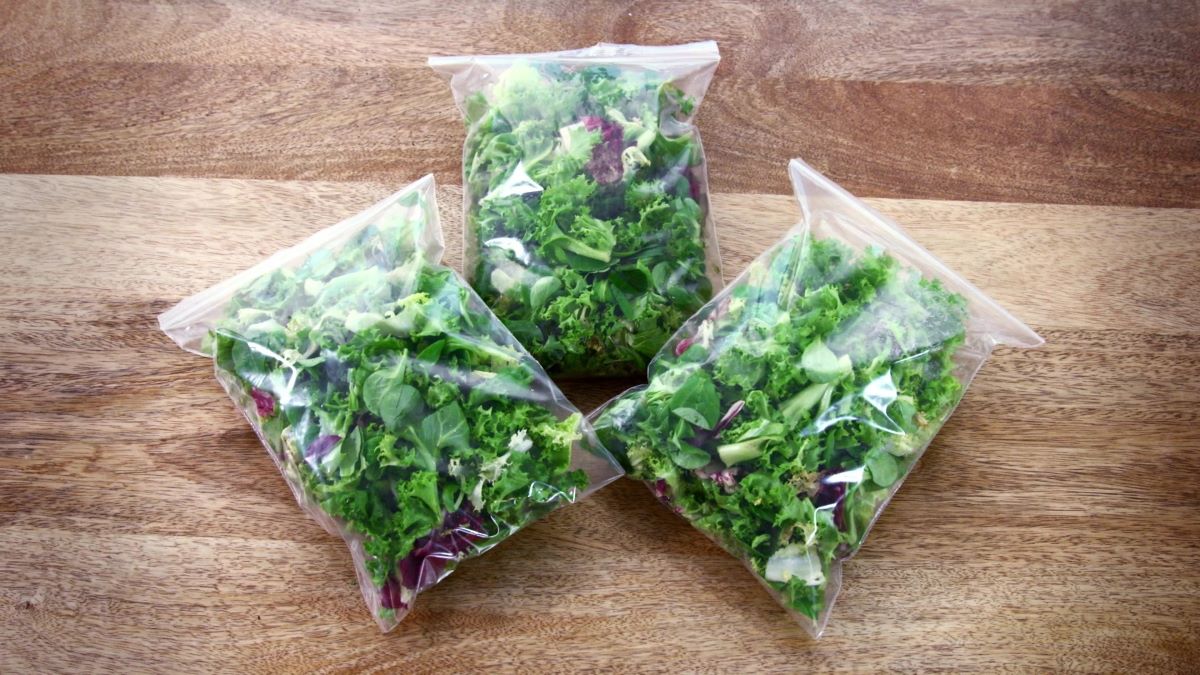

Articles
How To Store Bagged Lettuce
Modified: January 18, 2024
Discover the best methods for storing bagged lettuce in this informative article. Keep your greens fresh and crisp for longer with these helpful tips.
(Many of the links in this article redirect to a specific reviewed product. Your purchase of these products through affiliate links helps to generate commission for Storables.com, at no extra cost. Learn more)
Introduction
Bagged lettuce has become increasingly popular due to its convenience and ease of use. It offers a quick and easy solution for those who love salads but don’t have the time to wash and chop fresh lettuce. Whether you buy pre-packed lettuce from the grocery store or bag your own at home, it’s important to know how to store bagged lettuce properly to maintain its freshness and crispness.
In this article, we will explore the benefits of bagged lettuce, discuss the proper storage conditions, and provide tips on how to extend its shelf life. By following these guidelines, you can ensure that your bagged lettuce stays fresh and ready to use whenever you need it.
Key Takeaways:
- Enjoy the convenience of bagged lettuce by following proper storage guidelines. Maximize freshness, minimize waste, and savor the crispness in your everyday meals.
- Opt for bagged lettuce for its convenience, freshness, and variety. Store it correctly, extend its shelf life, and elevate your dishes with its nutritional value.
Read more: How To Store Lettuce
Benefits of Bagged Lettuce
Bagged lettuce offers several advantages over traditional loose lettuce:
- Convenience: One of the biggest benefits of bagged lettuce is its convenience. With bagged lettuce, you don’t have to spend time washing, drying, and chopping the lettuce. It is ready to use straight out of the bag, saving you precious time in the kitchen.
- Freshness: Bagged lettuce is typically harvested and packaged very quickly, which helps to lock in its freshness. It is often pre-washed and dried before being packaged, ensuring that it is clean and crisp when you open the bag.
- Variety: Bagged lettuce often comes in a variety of options, including different types of lettuce like romaine, iceberg, and mixed greens. This allows you to easily switch up your salads and experiment with different flavors and textures.
- Portion Control: Individual bags of lettuce help with portion control. Unlike with loose lettuce, you don’t have to estimate how much you need or worry about wasting any excess. The pre-portioned bags allow you to use just the right amount for your needs.
- Reduced Food Waste: Bagged lettuce can also help reduce food waste. With loose lettuce, it’s common for some leaves to spoil before you can use them all. Bagged lettuce, on the other hand, typically lasts longer and stays fresh until you’re ready to use it.
Overall, bagged lettuce provides convenience, freshness, variety, portion control, and helps minimize food waste. It’s a great option for those who want to enjoy salads without the hassle of preparing fresh lettuce from scratch.
Proper Storage Conditions
Proper storage conditions are crucial for maintaining the freshness and quality of bagged lettuce. Follow these guidelines to ensure your bagged lettuce stays crisp and delicious:
- Temperature: Bagged lettuce should be stored at a consistent temperature between 32°F (0°C) and 40°F (4°C). This temperature range helps slow down the rate of spoilage and keeps the lettuce crisp.
- Humidity: Lettuce is prone to wilting, so it’s important to store bagged lettuce in a slightly humid environment. However, excessive moisture can lead to mold growth, so aim for a moderate level of humidity.
- Air Circulation: Lettuce needs proper air circulation to stay fresh. Avoid tightly sealing the bag as it can trap moisture and promote spoilage. Instead, opt for containers or bags with ventilation holes, or loosely cover the bagged lettuce with a breathable material, like a paper towel.
- Away from Ethylene-Producing Fruits: Ethylene is a natural gas produced by some fruits, such as apples and bananas, which can cause lettuce to wilt and spoil faster. Store bagged lettuce away from ethylene-producing fruits to extend its shelf life.
By ensuring the right temperature, humidity, air circulation, and separating bagged lettuce from ethylene-producing fruits, you can create optimal storage conditions that keep your lettuce fresh and crisp for longer periods.
Choosing the Right Storage Container
When it comes to storing bagged lettuce, choosing the right storage container is important to maintain its freshness and prevent any damage to the leaves. Here are some considerations to keep in mind:
- Airtight Containers: Opt for containers with airtight seals to keep the bagged lettuce fresh. These containers will not only prevent the lettuce from wilting but also help retain its crispness.
- BPA-Free Plastic Containers: Look for BPA-free plastic containers to store bagged lettuce. BPA, or bisphenol A, is a chemical that can leach into food and has been linked to potential health risks. BPA-free containers are a safer option for storing food, including bagged lettuce.
- Glass Containers: Glass containers are an excellent choice for storing bagged lettuce. They are non-reactive and do not contain any chemicals that could potentially affect the quality or taste of the lettuce. Moreover, glass containers are eco-friendly and can be easily washed and reused.
- Ventilated Containers: If you prefer to store bagged lettuce in a container rather than the original bag, choose one that has ventilation holes or slots. These ventilation holes allow for proper air circulation, which helps prevent moisture buildup and keeps the lettuce fresh.
- Resealable Bags: If you decide to keep the lettuce in its original bag, ensure it is a resealable bag. This will allow you to open and close the bag easily while keeping the lettuce protected from moisture and contaminants.
By selecting the right storage container, you can preserve the freshness and quality of bagged lettuce, ensuring that it stays crisp and ready to use whenever you need it.
Cleaning and Drying the Lettuce
Before storing bagged lettuce, it’s essential to clean and dry it properly to remove any dirt, bacteria, or pesticides that may be lingering on the leaves. Follow these steps to ensure your bagged lettuce is clean and safe to consume:
- Inspect the Leaves: Before washing the lettuce, inspect the leaves for any discolored or wilted portions. Remove any damaged leaves and discard them to prevent them from affecting the rest of the lettuce.
- Rinse Under Water: Thoroughly rinse the bagged lettuce under cool running water. Gently separate the leaves and allow the water to flow over each leaf, ensuring that all surfaces are cleaned.
- Use a Salad Spinner: After rinsing the lettuce, use a salad spinner to remove excess water. Place a handful of leaves in the spinner and give it a few spins to remove the water. Repeat this process with the remaining lettuce.
- Pat Dry with a Paper Towel: If you don’t have a salad spinner, pat dry the rinsed lettuce with a clean paper towel. Gently press the paper towel against the leaves to absorb any leftover water. Ensure the lettuce is completely dry before storing it.
Properly cleaning and drying the bagged lettuce not only removes contaminants but also helps prolong its shelf life. Wet lettuce tends to wilt faster and can promote bacterial growth, leading to spoilage. Taking the time to clean and dry the lettuce ensures that it stays fresh and safe to consume for an extended period.
To store bagged lettuce, place a paper towel in the bag to absorb excess moisture, then seal the bag tightly and store it in the crisper drawer of the refrigerator. This will help keep the lettuce fresh for longer.
Read more: How To Store Romain Lettuce
Storing Bagged Lettuce in the Refrigerator
The refrigerator is the ideal place to store bagged lettuce as it provides the cool and consistent temperature needed to maintain its freshness. Follow these steps to properly store bagged lettuce in the refrigerator:
- Keep it in the Original Bag: If the bagged lettuce is still sealed and has not been opened, you can simply place the entire bag in the refrigerator. Ensure that the bag is tightly sealed to prevent any air or moisture from entering.
- Transfer to a Container: If you prefer to transfer the bagged lettuce to a different container, choose an airtight container or a resealable bag. Make sure the container is clean and dry before transferring the lettuce.
- Line the Container: To absorb any excess moisture, consider lining the bottom of the container with a paper towel or a clean kitchen towel. This will help prevent the lettuce from becoming soggy.
- Store in the Refrigerator: Place the bag or container of lettuce in the vegetable crisper drawer of your refrigerator. The crisper drawer provides a slightly higher humidity level, which helps maintain the lettuce’s crispness.
- Avoid Overloading: Try not to overcrowd the refrigerator with other items as it can restrict air circulation and lead to uneven cooling. Leave some space around the bag or container of lettuce for proper airflow.
Remember to store the bagged lettuce away from any ethylene-producing fruits, such as apples or bananas, as the gas they produce can cause the lettuce to spoil faster.
By storing bagged lettuce in the refrigerator with proper packaging and following these guidelines, you can extend its shelf life and enjoy fresh, crisp lettuce for a longer period.
Freezing Bagged Lettuce
While bagged lettuce is best consumed fresh, there may be times when you have an abundance of lettuce and want to store it for a longer period. Freezing bagged lettuce can be an option, but it’s important to note that the texture may change after freezing. Here’s how to freeze bagged lettuce:
- Wash and Dry: Begin by washing and drying the bagged lettuce as per the cleaning instructions mentioned earlier. Ensure the lettuce is completely dry before proceeding to the next step.
- Separate the Leaves: Gently separate the lettuce leaves and remove any damaged or wilted leaves. This helps maximize the quality of the frozen lettuce.
- Blanching (Optional): Blanching is an optional step that can help preserve the color and texture of the lettuce. To blanch, briefly plunge the lettuce leaves into a pot of boiling water for a few seconds, then immediately transfer them into an ice bath. Pat the leaves dry before freezing.
- Flash Freeze: Lay the lettuce leaves in a single layer on a baking tray lined with parchment paper. Ensuring that the leaves don’t touch each other, place the tray in the freezer for a few hours or until the leaves are frozen solid. This method of flash freezing prevents the leaves from clumping together during the freezing process.
- Transfer to Freezer Bags: Once the leaves are frozen, transfer them to freezer bags, removing as much air as possible before sealing. Label the bags with the date for future reference.
- Store in the Freezer: Place the freezer bags of bagged lettuce in the freezer, ensuring they are stored upright to prevent any unnecessary crushing or damage.
- Thawing: When you’re ready to use the frozen lettuce, transfer the desired amount from the freezer to the refrigerator and let it thaw overnight. Avoid refreezing thawed lettuce, as this can further affect its texture.
It’s important to note that frozen bagged lettuce is best used in cooked dishes like soups, stir-fries, or smoothies, as the texture may not be as crispy as fresh lettuce once thawed. However, the frozen lettuce can still contribute its nutritional value and flavor to these dishes.
Freezing bagged lettuce is a useful option to prevent waste and have lettuce on hand for future cooking needs. Just keep in mind the texture changes and plan to use the frozen lettuce in suitable recipes.
Tips for Extending the Shelf Life of Bagged Lettuce
To maximize the freshness and shelf life of bagged lettuce, follow these tips:
- Check the Expiration Date: Before purchasing bagged lettuce, check the expiration date on the package. Choose the freshest one available to ensure you have the maximum time to consume it.
- Keep the Bag Sealed: Whether you’re storing the lettuce in its original bag or transferring it to a container, make sure the bag is tightly sealed to prevent air and moisture from entering.
- Remove Excess Air: If you choose to store bagged lettuce in a container, press out any excess air before sealing it. This will help prevent the lettuce from wilting and losing its freshness.
- Don’t Wash Until Ready to Use: Avoid washing the lettuce until you’re ready to consume it. Moisture can contribute to wilting and spoilage, so it’s best to keep the leaves dry until you’re ready to enjoy them.
- Store Away from Fruits and Vegetables: As mentioned earlier, ethylene-producing fruits and vegetables can cause lettuce to spoil faster. Keep bagged lettuce away from these items to extend its shelf life.
- Rotate the Lettuce: If you have multiple bags of bagged lettuce, try to rotate them so that you’re using the oldest one first. This helps prevent any bagged lettuce from going bad unnoticed.
- Use Quality Produce: When preparing salads or dishes with bagged lettuce, use fresh and quality ingredients. Mixing wilted or spoiled produce with the lettuce can lead to faster spoilage.
- Keep Refrigerator Clean: Regularly clean your refrigerator to avoid any mold or bacteria buildup that could potentially contaminate the bagged lettuce. A clean refrigerator environment helps maintain the freshness of all stored items.
- Check for Spoilage: Before using bagged lettuce, inspect the leaves for any signs of spoilage like discoloration, mold, or an unpleasant odor. If you notice any of these signs, discard the lettuce to prevent any foodborne illnesses.
By following these tips, you can effectively extend the shelf life of bagged lettuce and ensure that it stays fresh and crisp for as long as possible.
Conclusion
Bagged lettuce offers a convenient and time-saving option for enjoying fresh salads or incorporating greens into your meals. By following the proper storage guidelines and implementing the tips mentioned in this article, you can maximize the freshness and shelf life of bagged lettuce, ensuring that it stays crisp and delicious for as long as possible.
Remember to choose the right storage container, clean and dry the lettuce before storing it, and maintain the optimal storage conditions of temperature, humidity, and air circulation. Store the bagged lettuce in the refrigerator, away from ethylene-producing fruits, and consider freezing excess lettuce for future use in cooked dishes.
Furthermore, by regularly checking for signs of spoilage, keeping the refrigerator clean, and using quality produce to accompany the lettuce, you can further prolong its shelf life and minimize any potential waste.
Enjoy the convenience and freshness of bagged lettuce by implementing these storage techniques and tips. Whether you’re preparing a quick salad or adding greens to your favorite recipes, properly stored bagged lettuce will enhance the flavor and nutritional value of your meals.
So, make the most of bagged lettuce by storing it correctly, and savor its crispness and freshness in your everyday dishes.
Frequently Asked Questions about How To Store Bagged Lettuce
Was this page helpful?
At Storables.com, we guarantee accurate and reliable information. Our content, validated by Expert Board Contributors, is crafted following stringent Editorial Policies. We're committed to providing you with well-researched, expert-backed insights for all your informational needs.
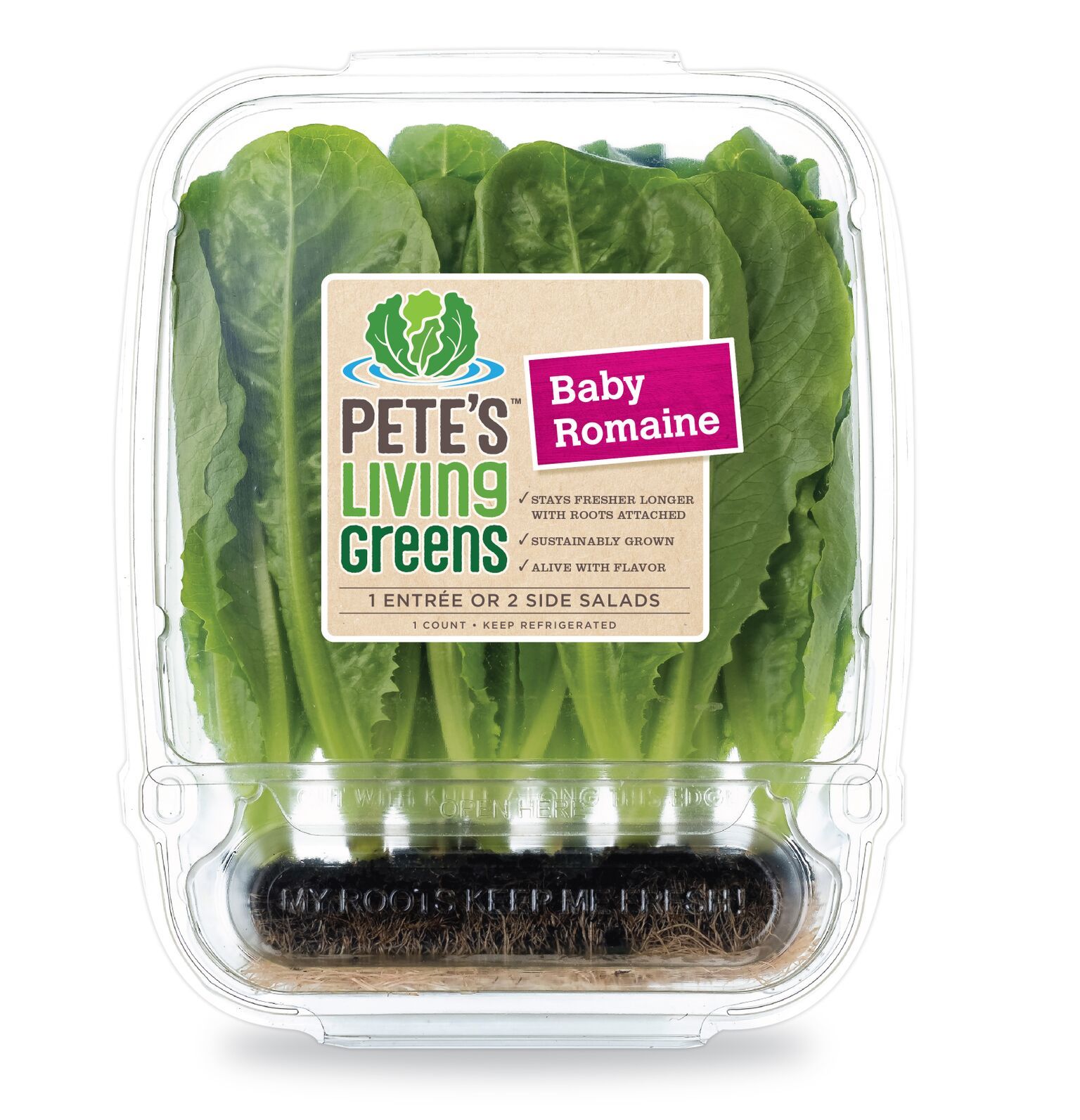
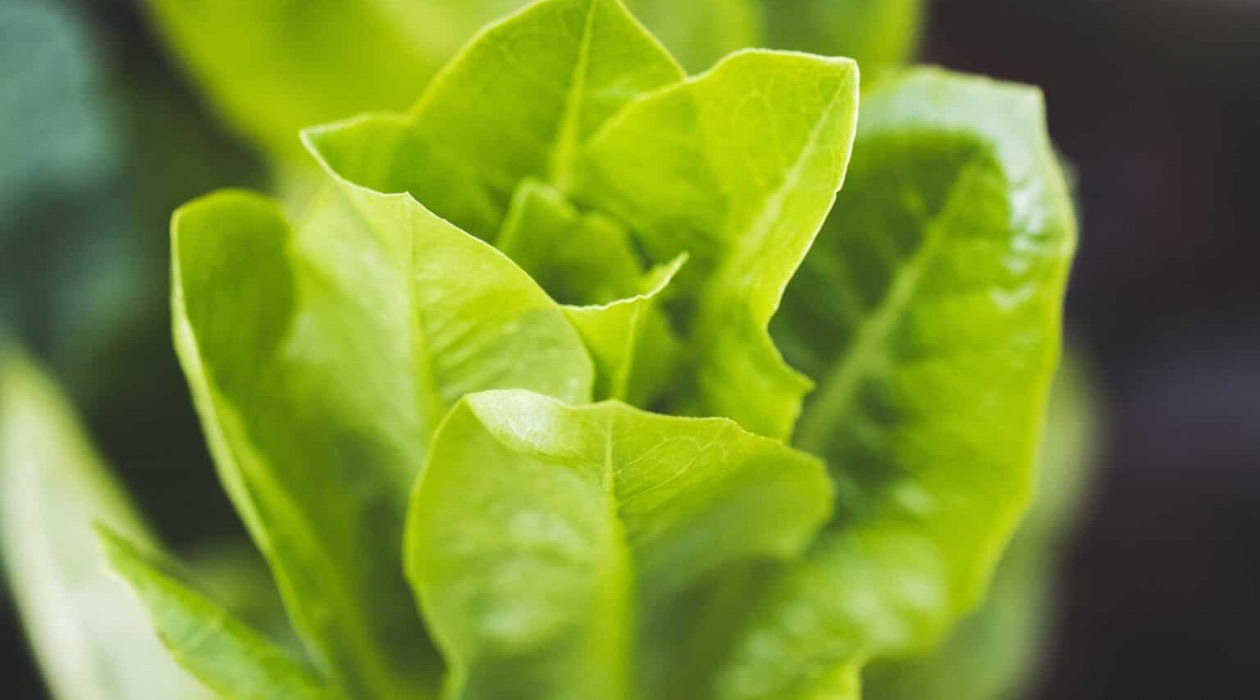
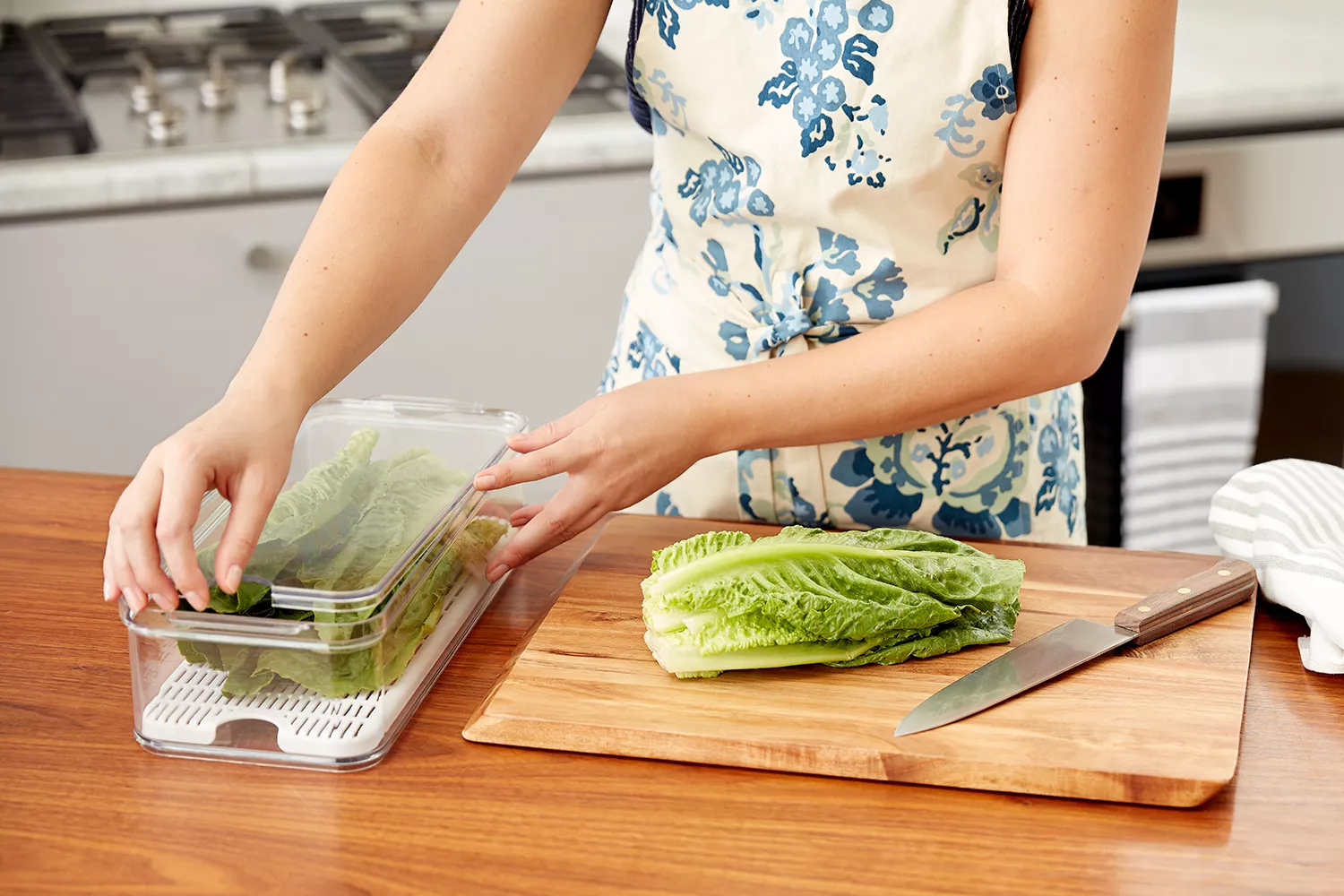
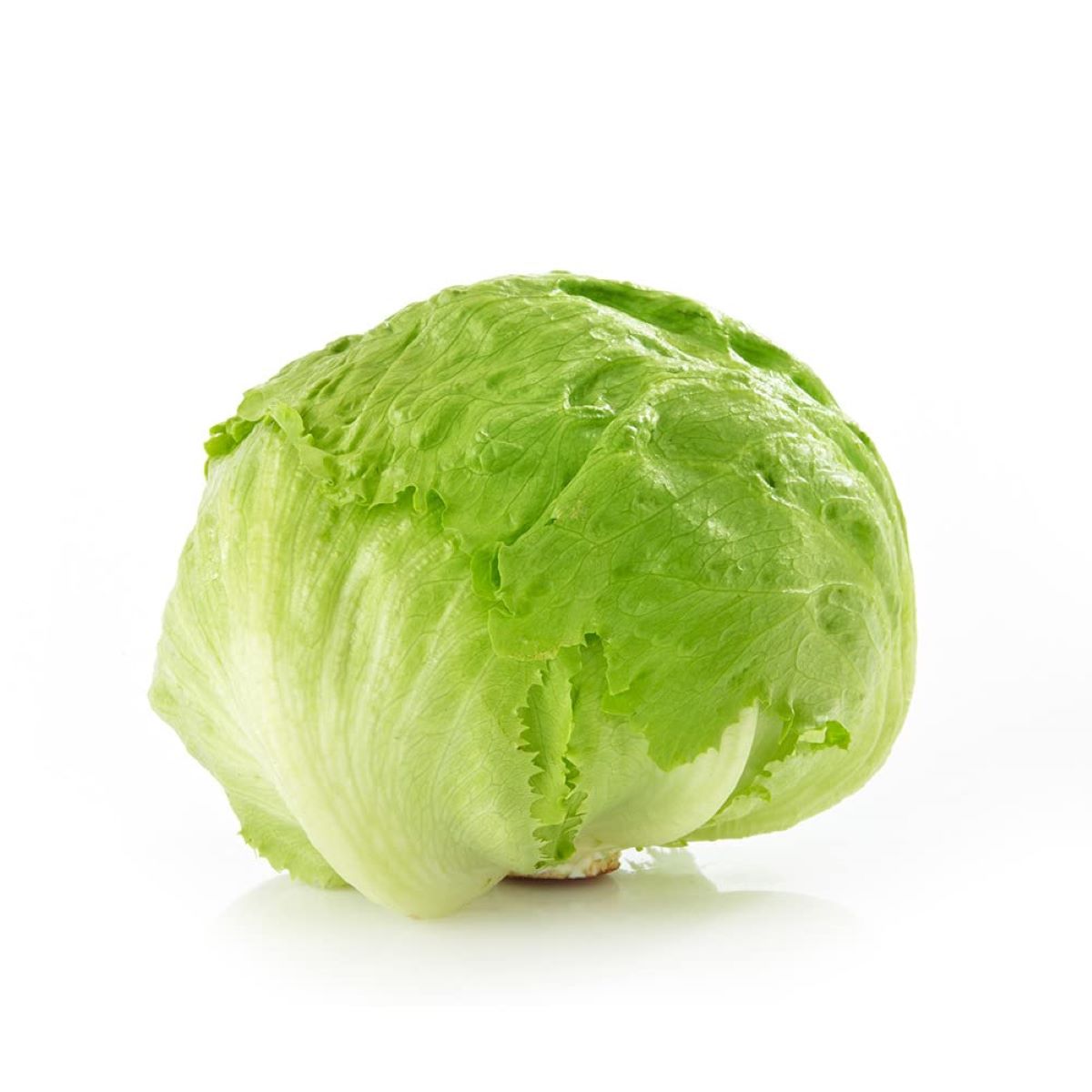
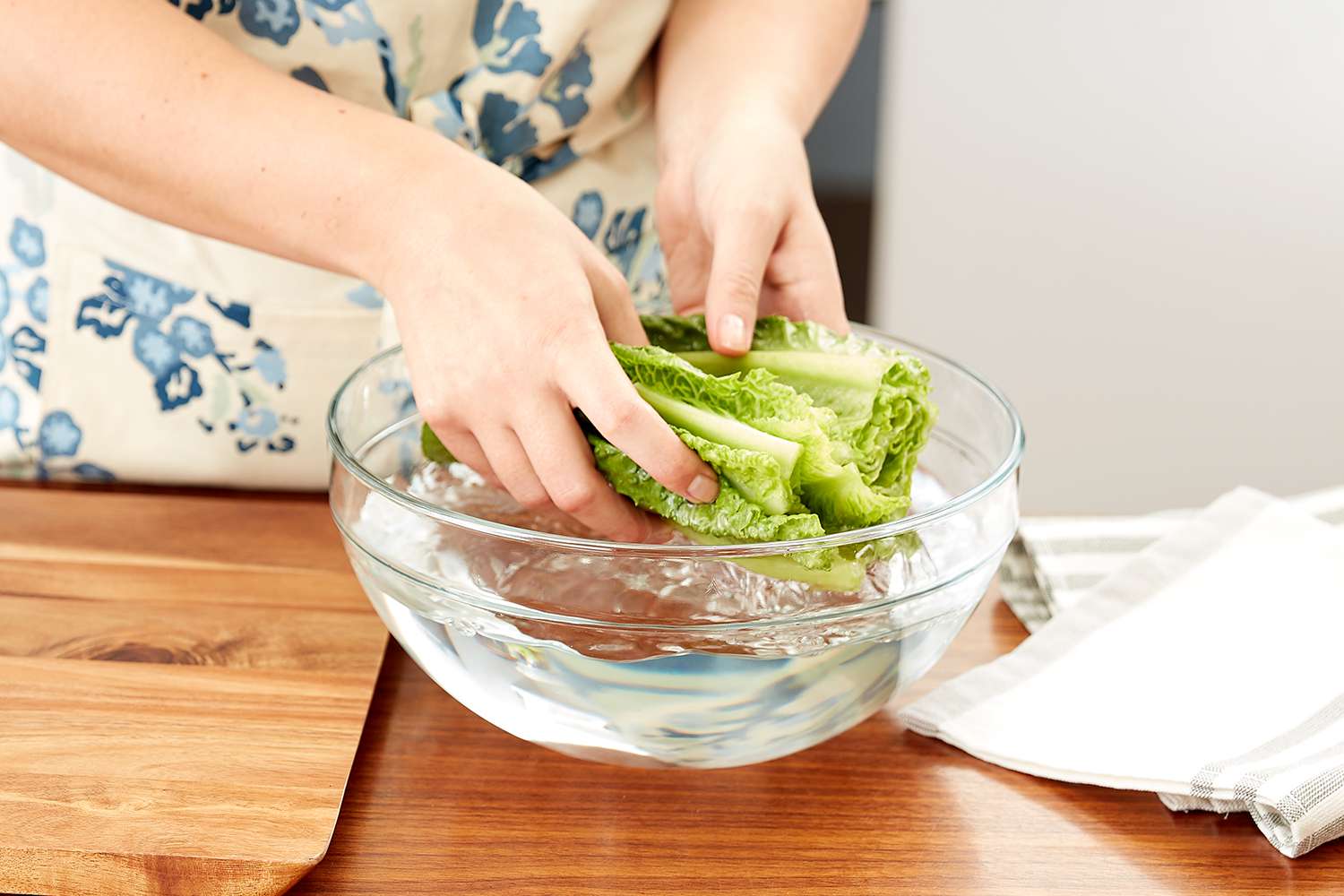
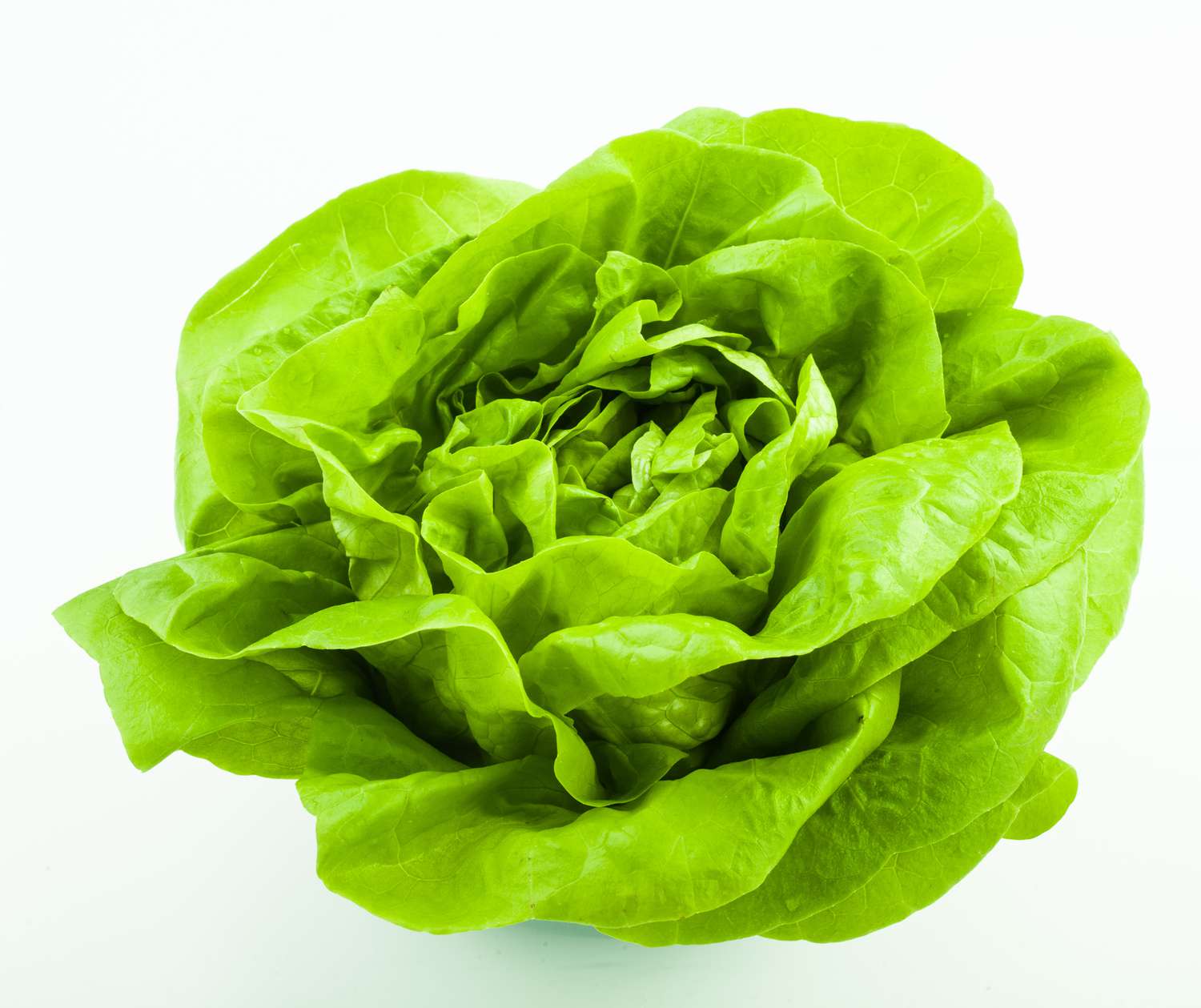
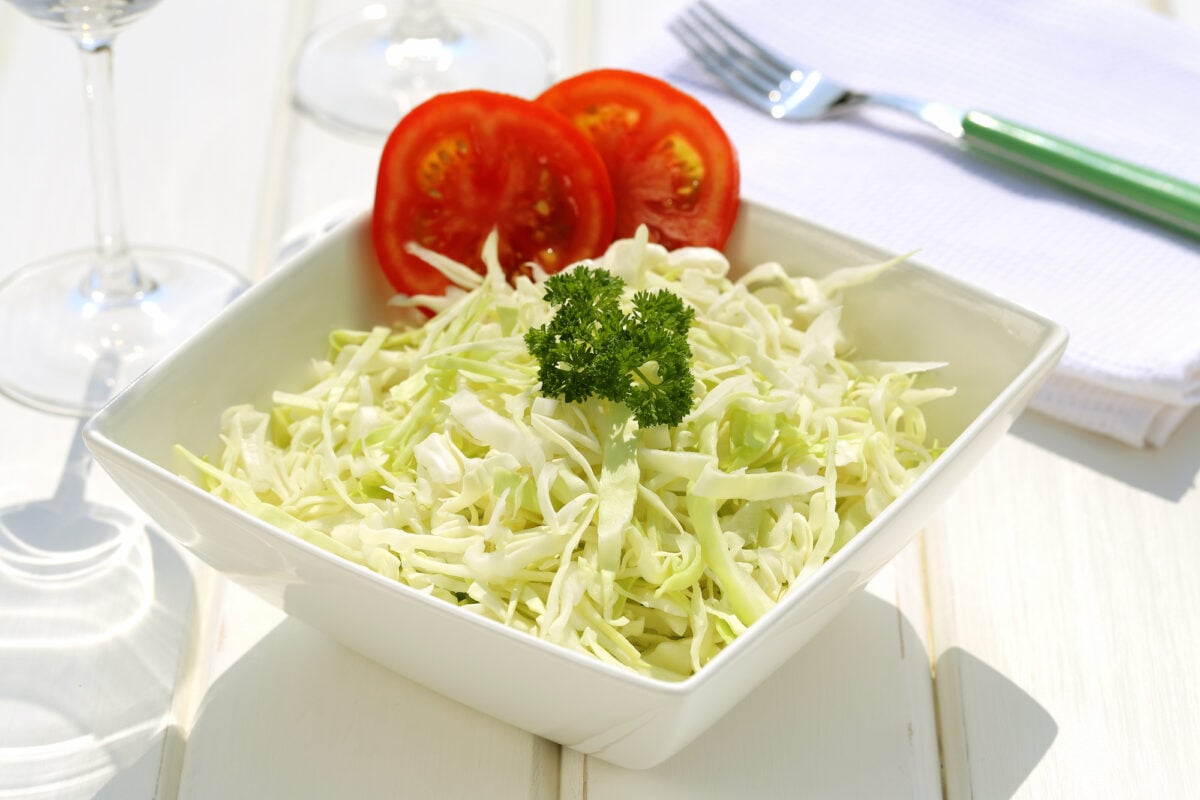
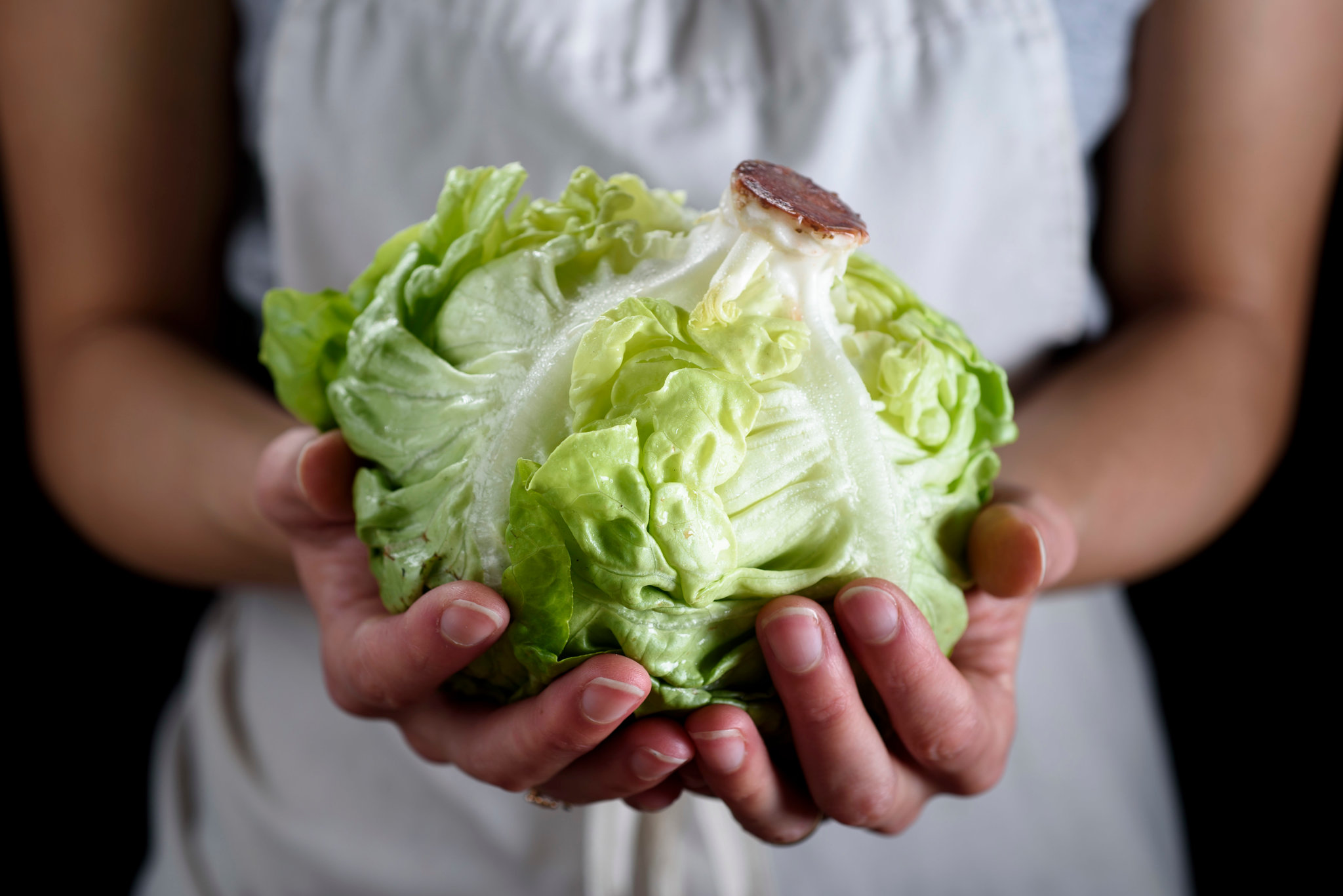
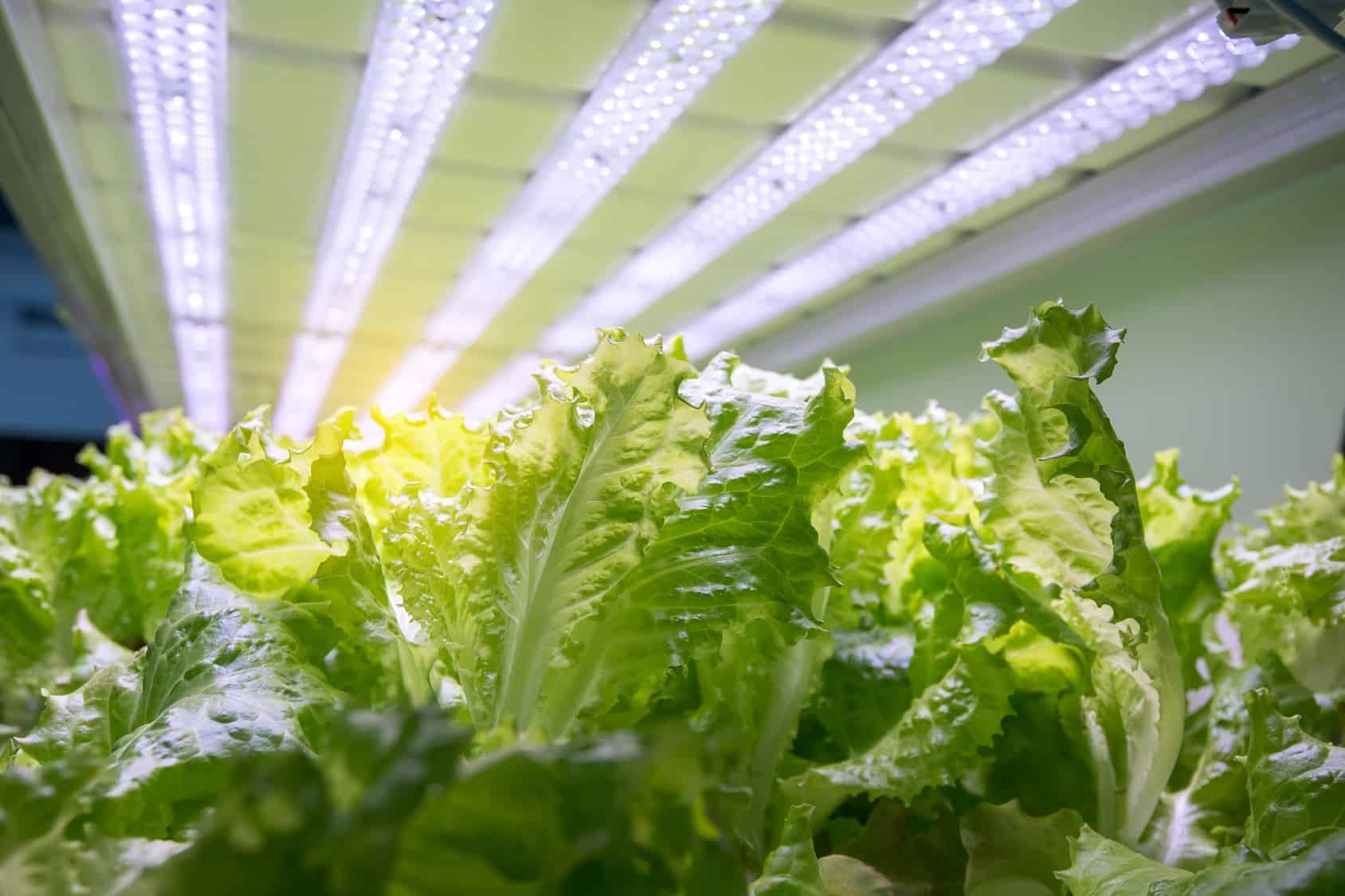
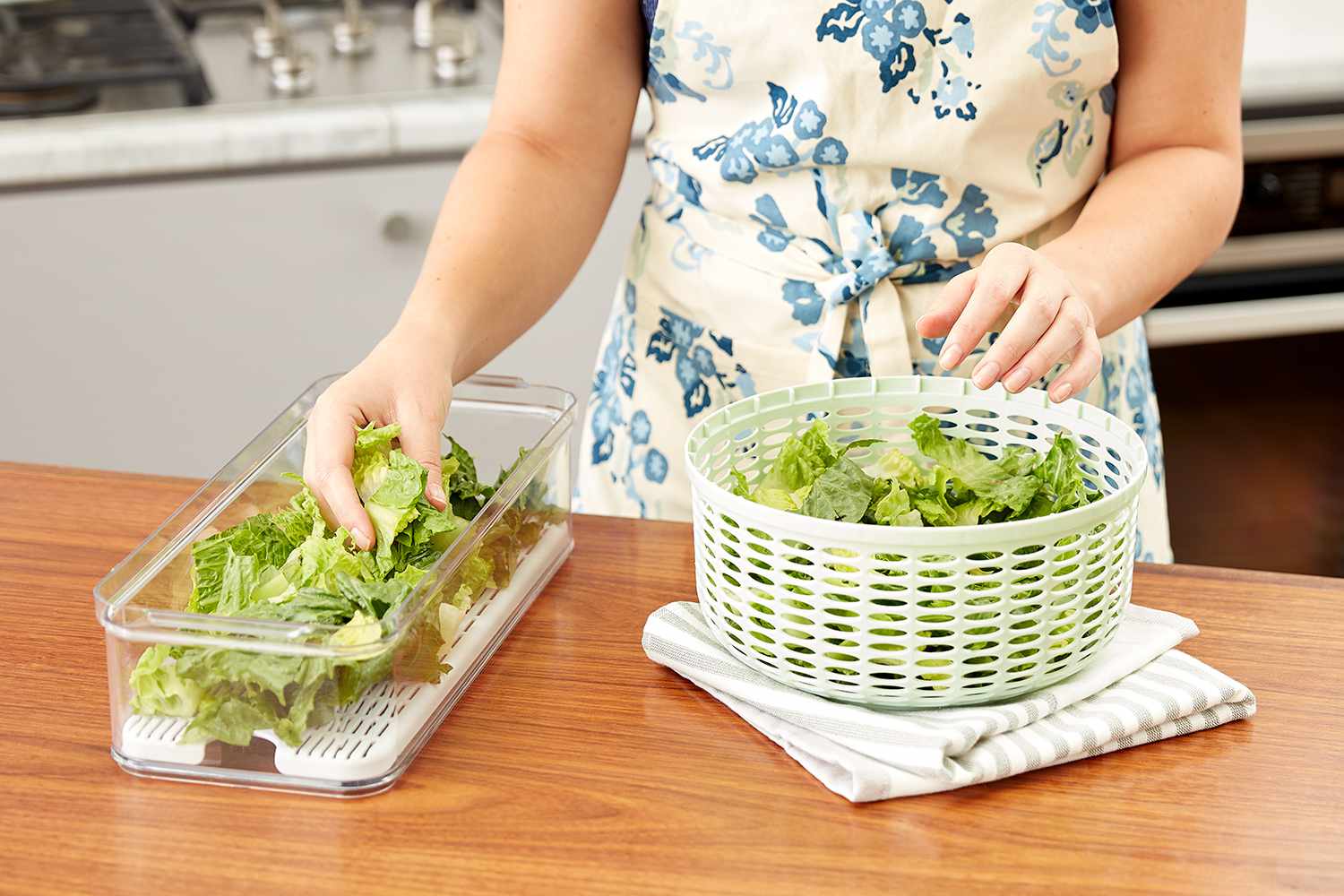
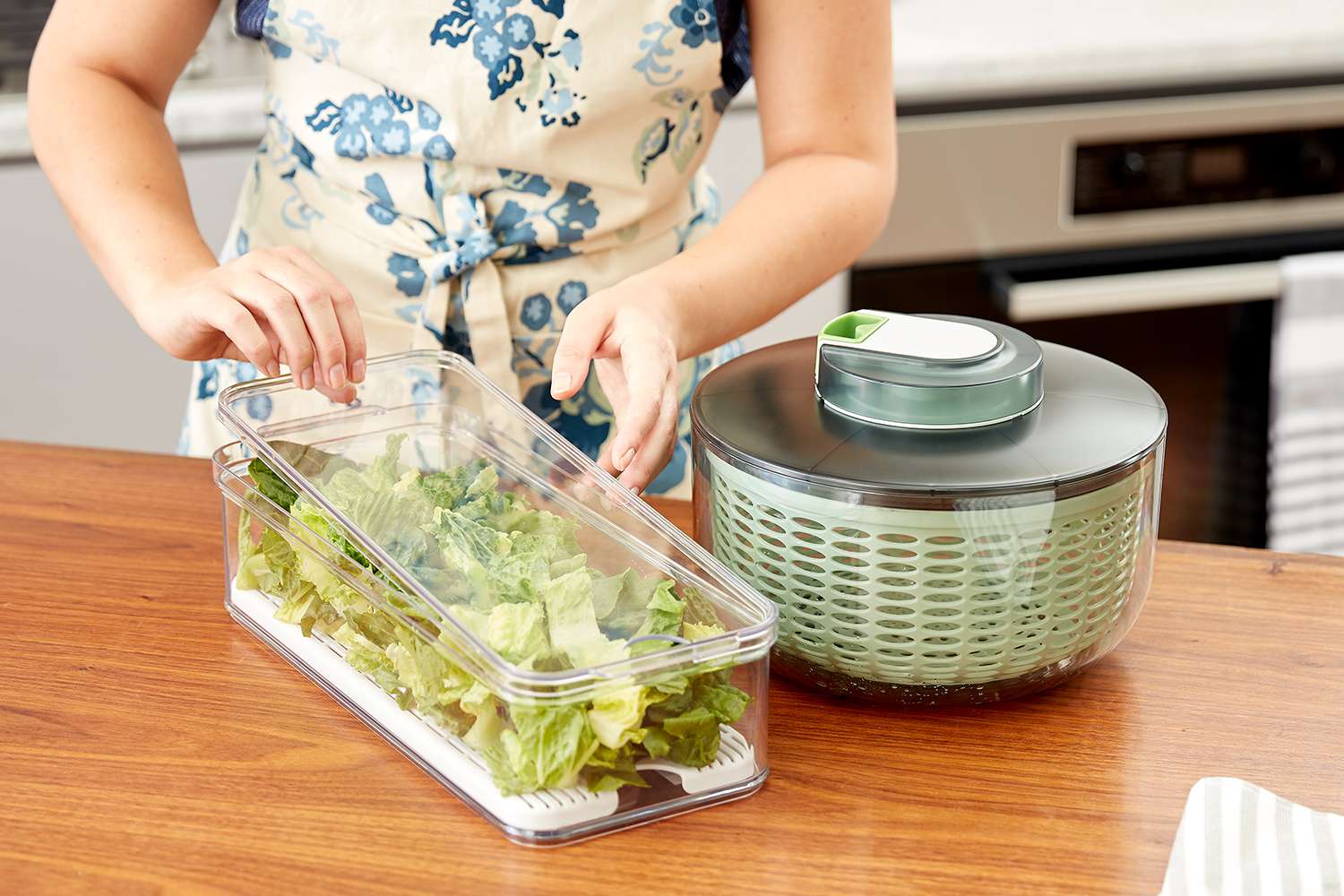
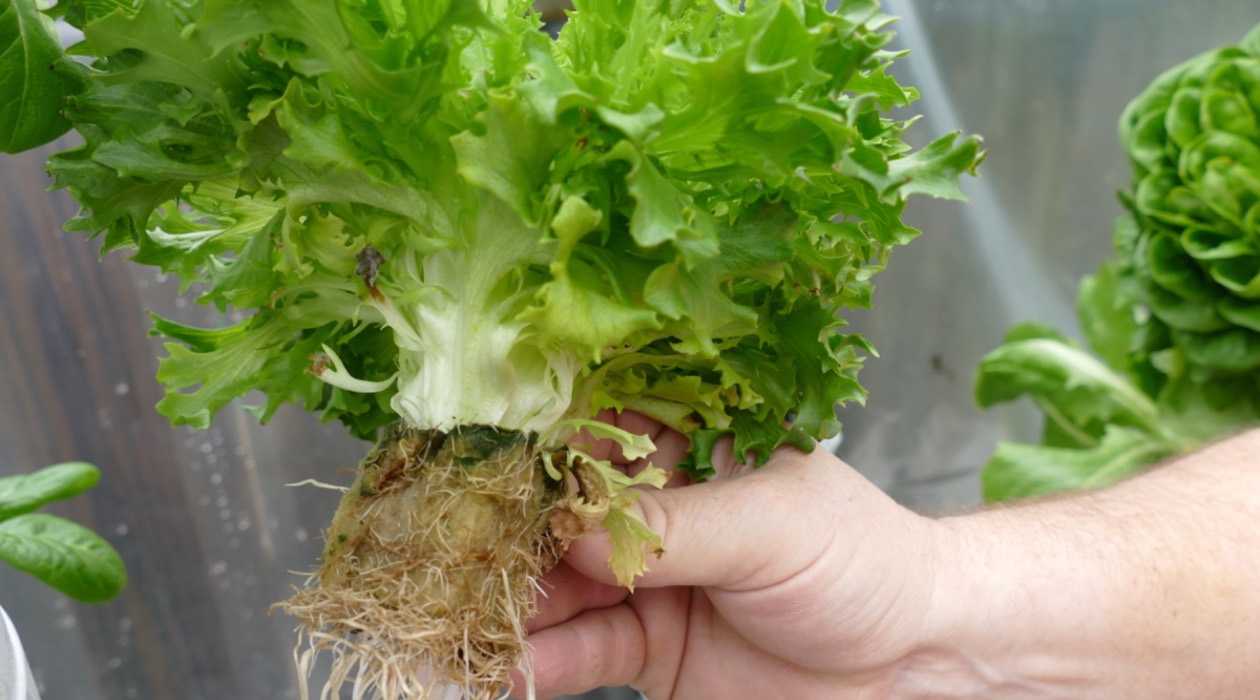
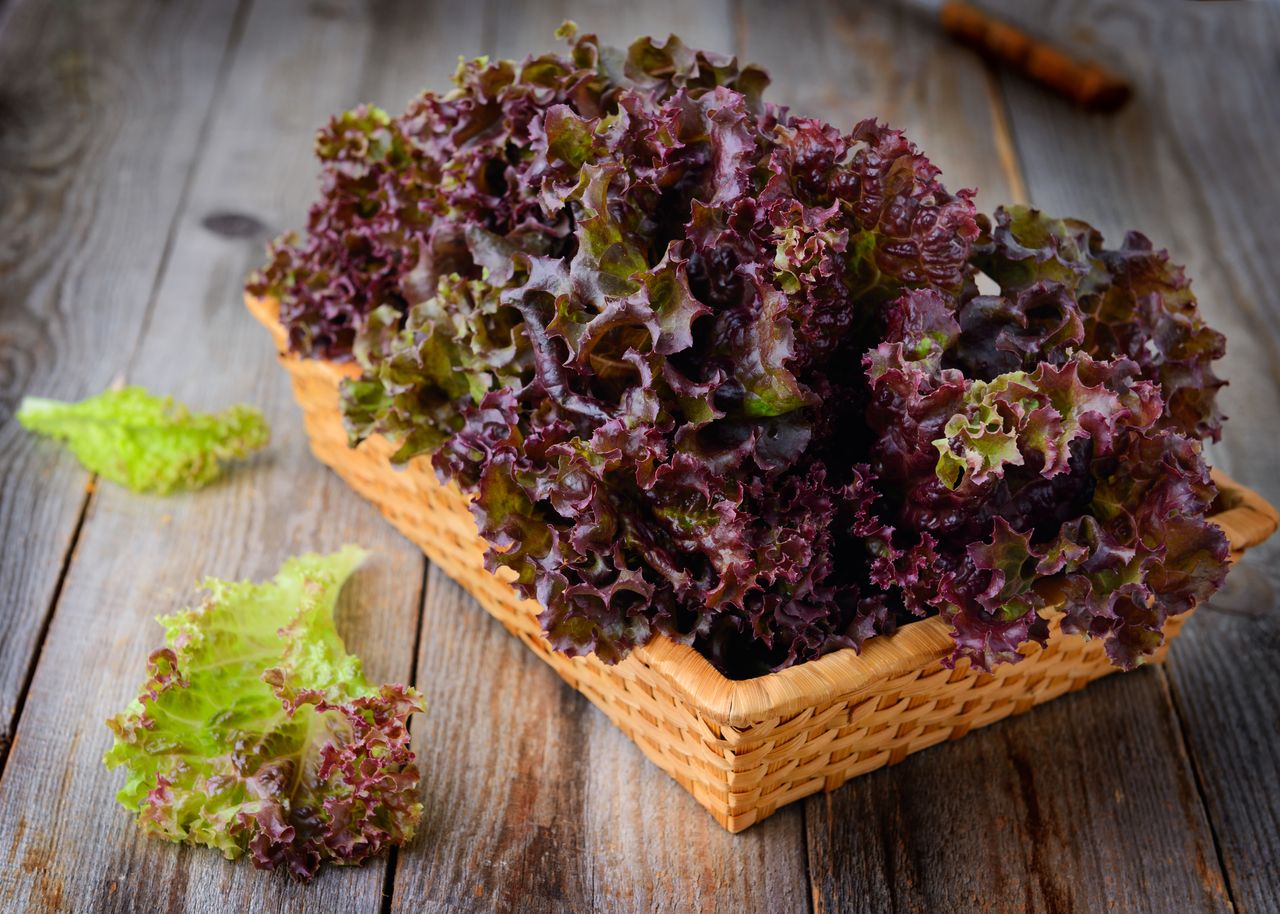
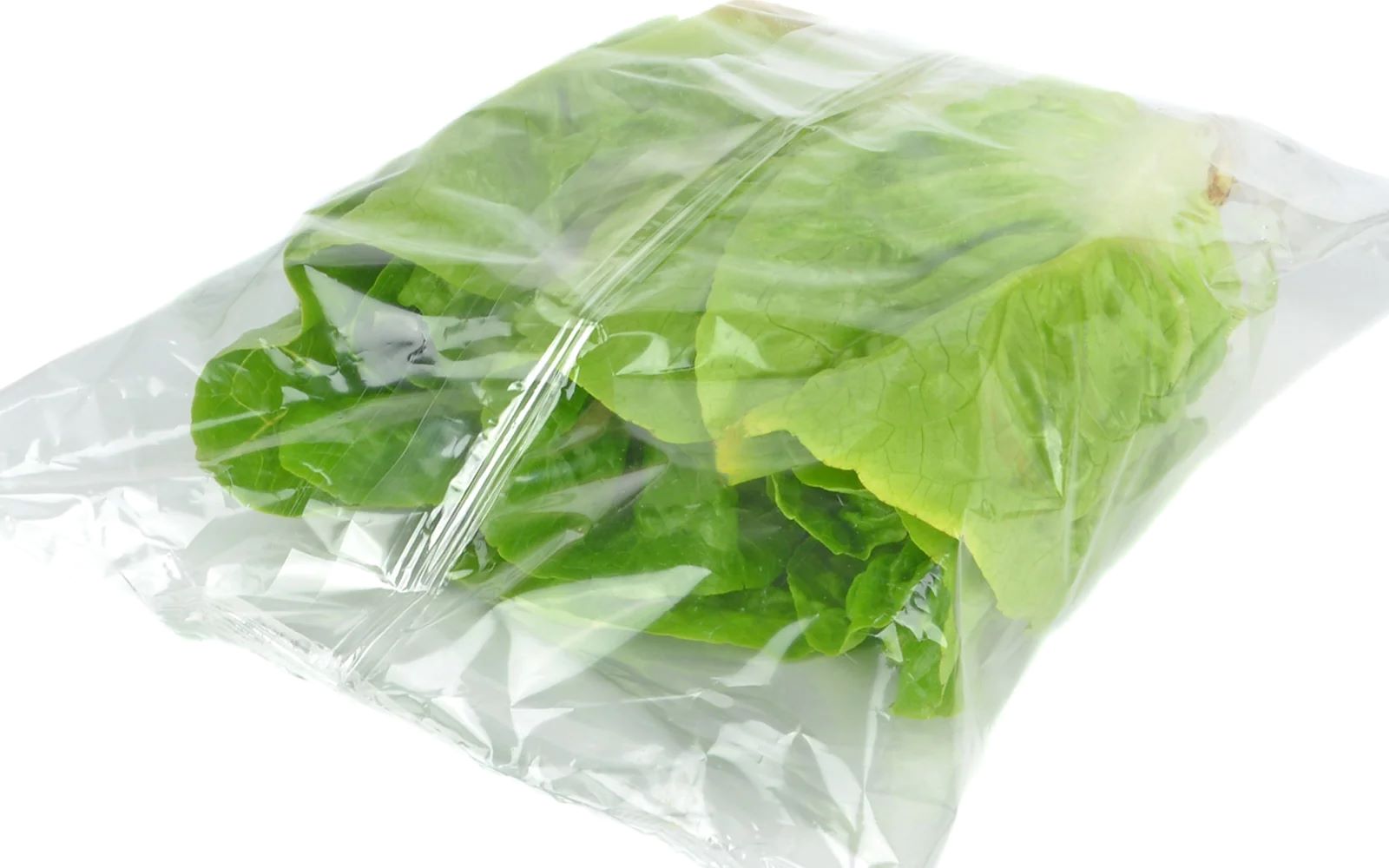

0 thoughts on “How To Store Bagged Lettuce”